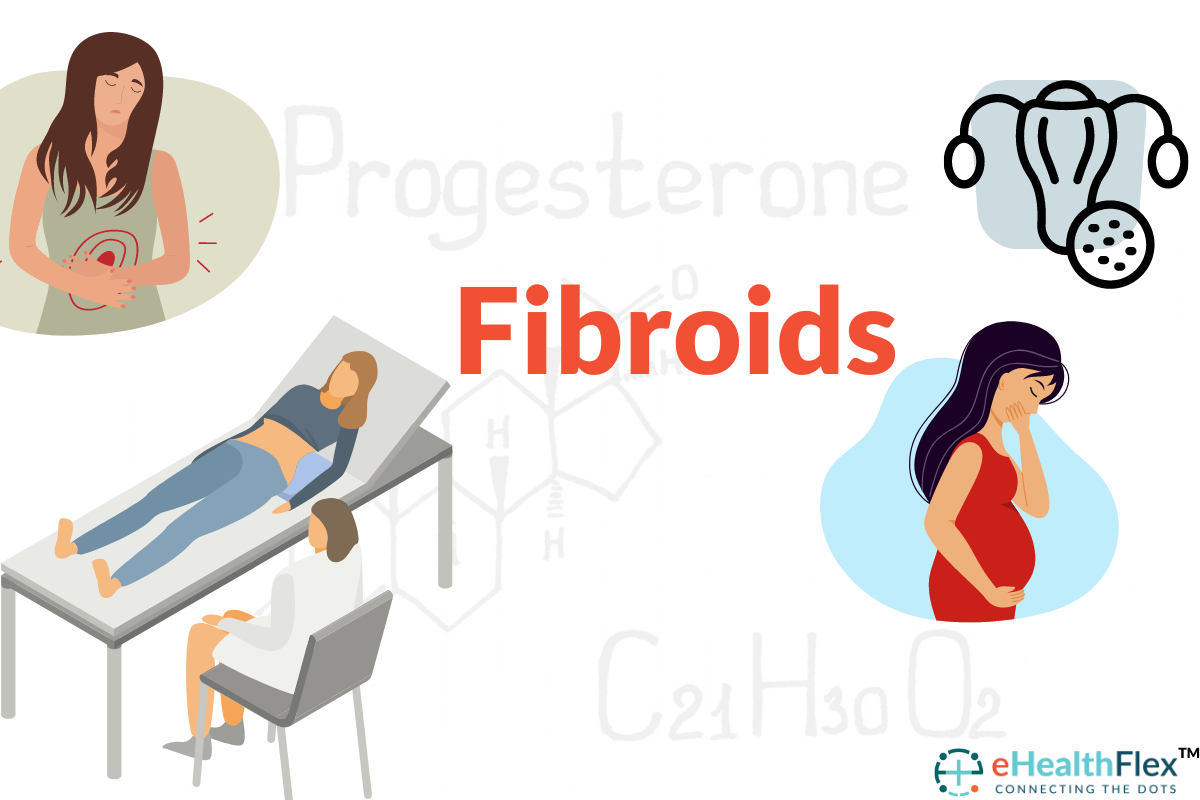

Fibroids are termed tumours that grow in a woman’s uterus and are generally non-cancerous. There are various symptoms of fibroids that creates problem while conceiving. At times, these fibroids do not show any symptoms which often puts a misconception about the existence of the fibroid. It is observed that nearly 80% of women have fibroids developed around the age of 50
Women who are pregnant, or who are 30 or older or overweight are at the risk of developing fibroids.Fibroids can be treated by performing meditation, yoga and following the medications prescribed by the gynaecologist. The medications recommended help in shrinking the fibroids. An intrauterine device or birth control pills can help in controlling the bleeding. At times, surgery is performed to remove the fibroids from the uterus. But fibroids may grow again after the surgery.
There are different types of Fibroids:
Causes:
Symptoms:
Many a time, there are no symptoms of fibroids, and they shrink after menopause. However, a few of the symptoms that can be observed are:
Treatment:
Publisher Name: eHealthFlex Team
Date: 20-05-2022